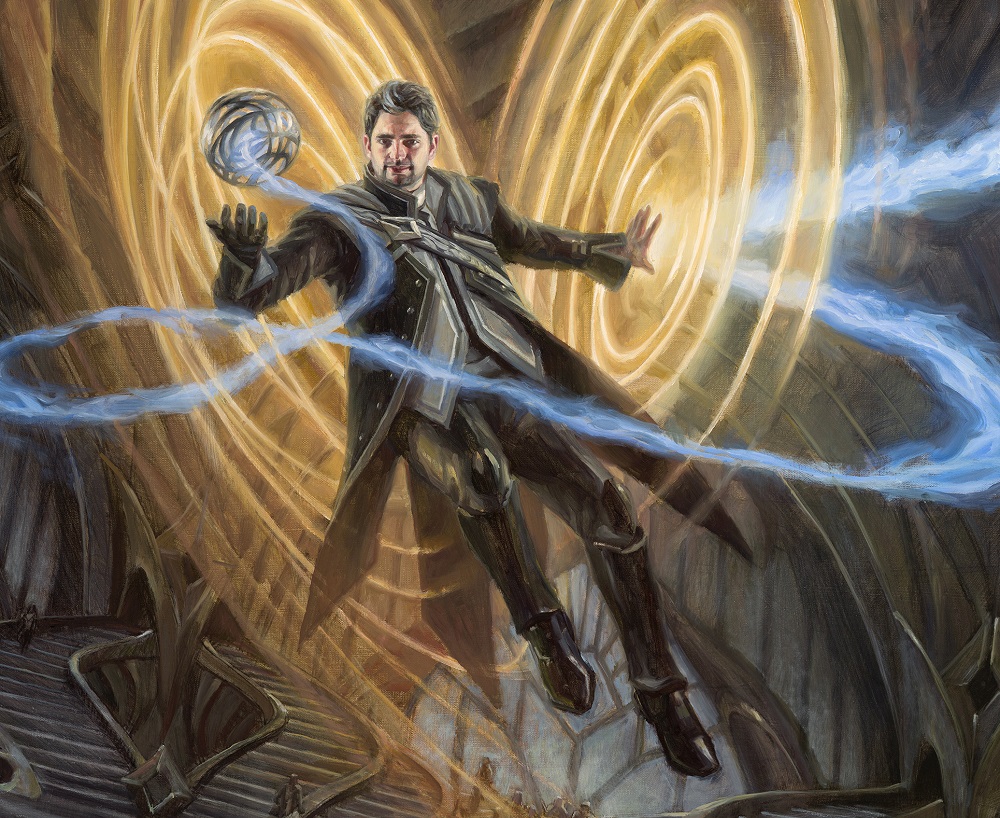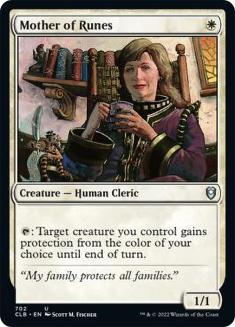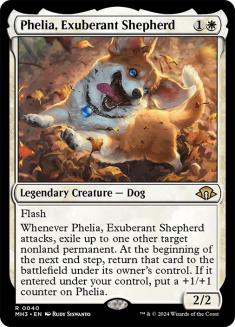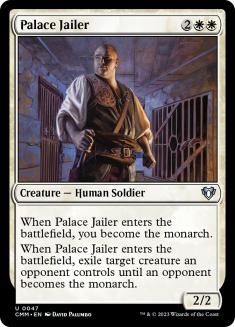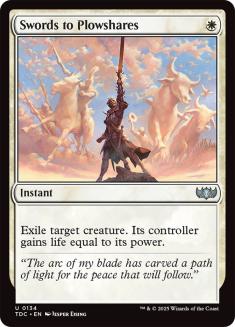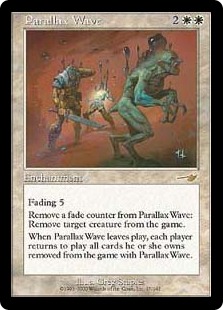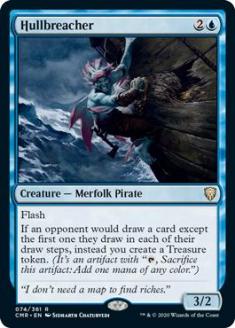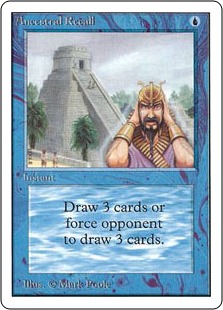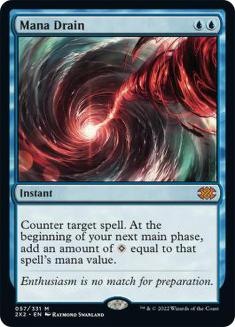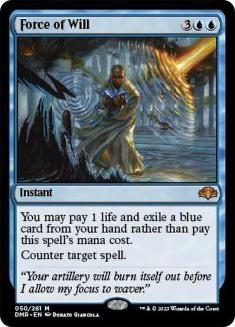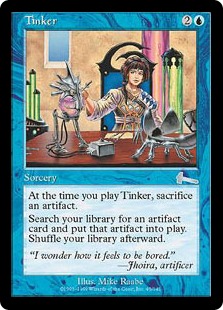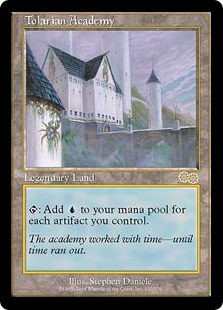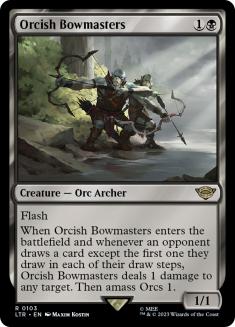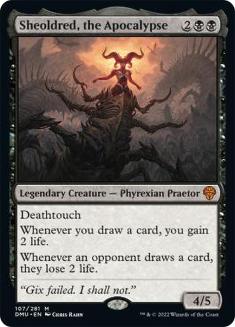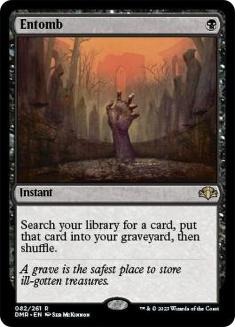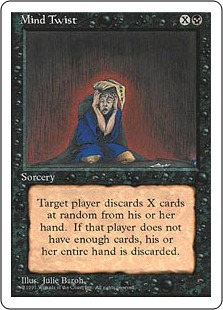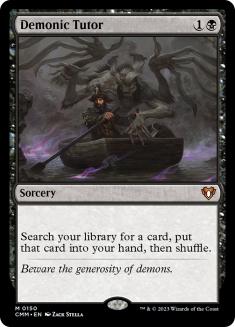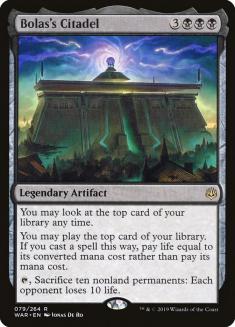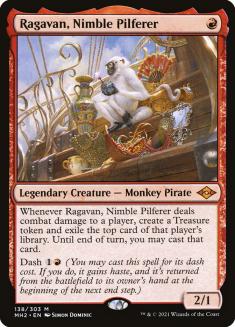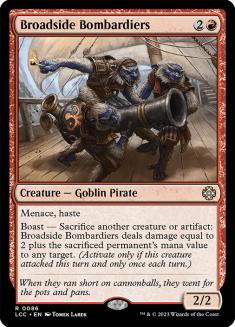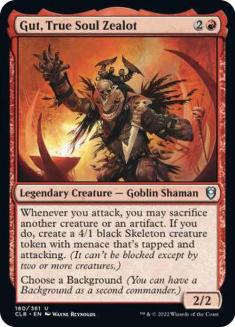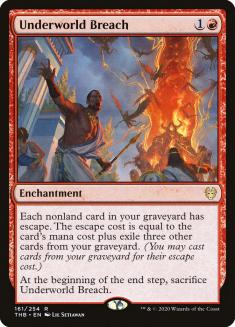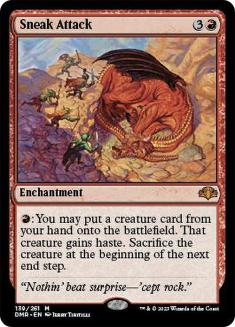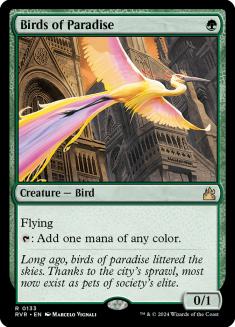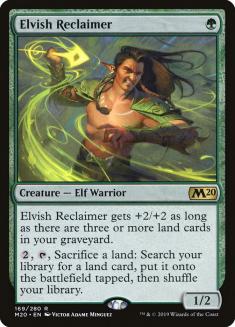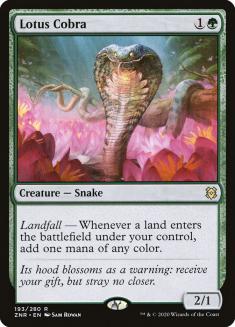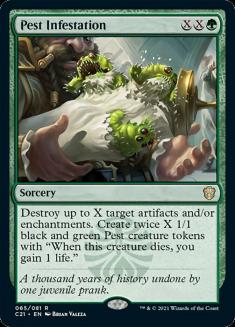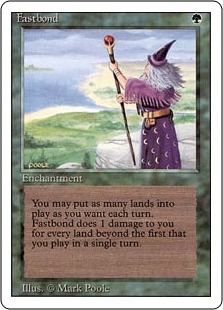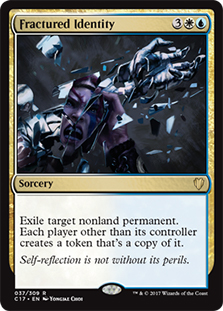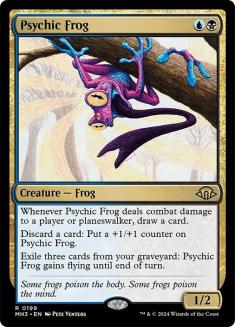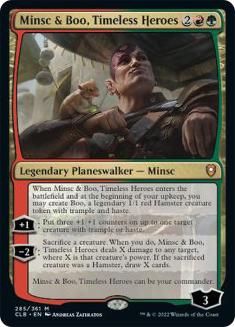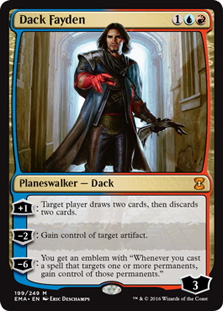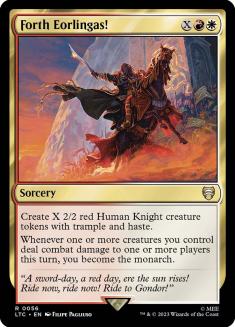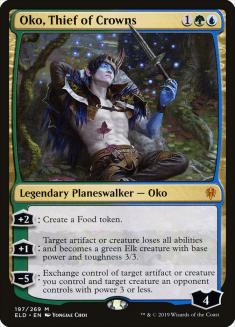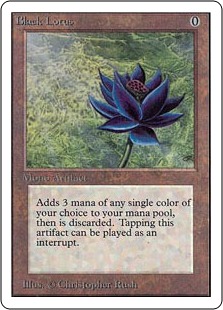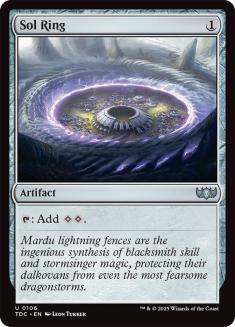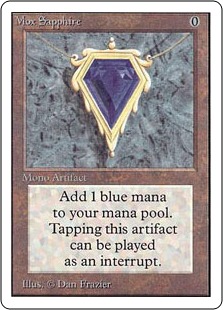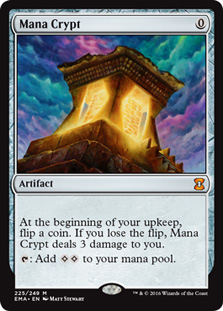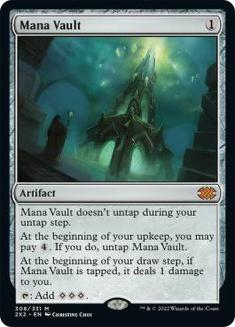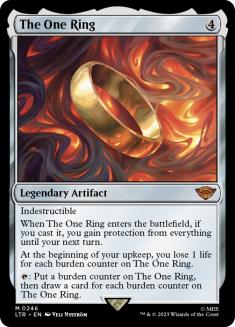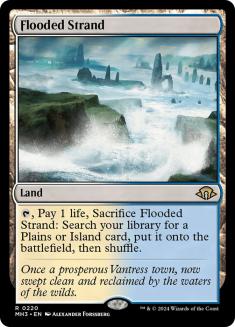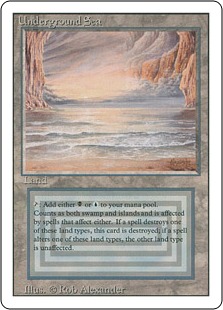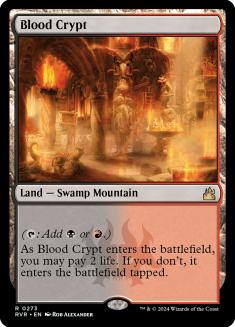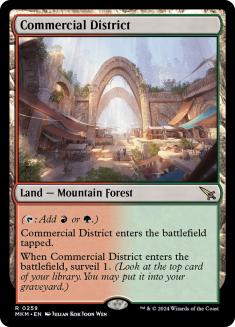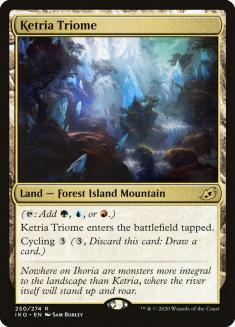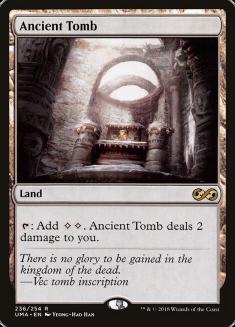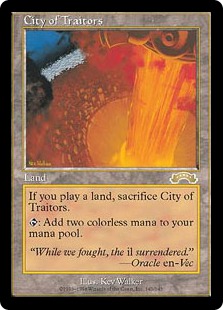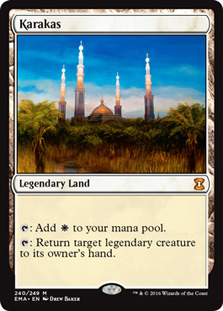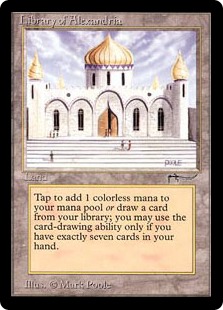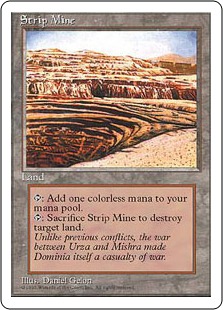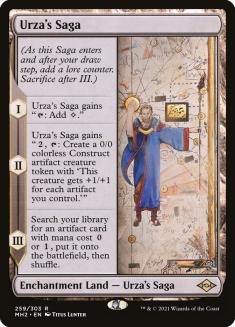Howdy, gamers! We’re now a couple of weeks into qualifiers for the Magic Online Vintage Cube LIVE event, and with six slots remaining, they’re swapping a new Cube list in this week. The stakes have never been higher, and I’m here to break down the new list and outline how to approach the new environment to give yourself the best shot to qualify!
The rollout for this event didn’t go exactly as planned, so there are some modifications to how you qualify at this point, and the road to qualify involves considerable skill, determination, and luck. Feeder leagues will not require four wins instead of three, and the only day they’ll be available every week is Saturday.
But more importantly, the Cube list has been updated for the remaining six weeks of qualifiers! You can find the change log for the new list on the mothership, and I’ve ported the updates to Cube Cobra as well. I was expecting a big update this week, both in terms of what I think makes sense for these qualifier events and given the timeline for when the list was published, but here we are. With a small update and with the focus currently being on “winning a lot” more than “having fun”, I’ll speak about the Cube more abstractly and break down the most winning approaches to draft the Cube by color, without paying much mind to the change log specifically, like I usually would. Let’s dig in!
White
White is the best aggressive color in Vintage Cube these days, and it’s not close to being close. It will be somewhat common that you’ll want to move in on a secondary color to get enough playables or to grab one of the most powerful cards in the Cube to draft the best possible white aggro deck, but if I’m playing aggro, I want to be base-white, and if I’m base-white, I want to be aggressively slanted.
That said, cards that only attack and block are lower priorities in white than cards that can in some way disrupt your opponent. Mother of Runes to blank opposition interaction, Swords to Plowshares as catch-all removal, and cards like Elite Spellbinder and Containment Priest that can blank or significantly dampen the power of opposing cardboard are the highest priorities. Beyond that, keeping your curve low and/or picking up some fast mana in the form of Moxen, Ancient Tomb, and City of Traitors is invaluable so that you can control the pace of the game.
You can be successful with controlling white decks, but it’s important to pick up some extreme power level outliers for these decks. It’s not 2005, and you can’t just Wrath of God your problems away. You really need to be leveraging cards like Solitude and Fractured Identity to do some combination of pressing mana advantage and battlefield position.
In general, once I move in on white, I prioritize Boros fixing specifically highly in case Forth Eorlingas! comes my way. Other drafts rate Otharri, Suns’ Glory similarly highly, though I will say that I like Otharri far more in my three- and four-color decks than I do as a curve-topper in my aggro decks. Alternatively, splashing blue for Time Walk is another fairly ideal direction to go, and sometimes you’ll move in on black or green as secondary colors mostly because the fixing is there and the playable count on mono-white cards is not. Cards like Bristly Bill, Spine Sower can pack quite a punch, but in general, you’ll be much happier playing Stripe Mine than Savannah.
Blue
Blue is the most powerful color in the history of Magic, with both the most powerful and the highest volume of power level outliers, not to mention cards like Force of Will as a fallback plan against anybody who might cast something that you do care about. Some players avoid blue in Vintage Cube because they expect it to be over-drafted. Cowards and charlatans.
Your pick order for blue decks can matter more than it does for other colors, because even though a stack of counterspells and some card advantage will position you well against a lot of possible Vintage Cube decks, you do need to be playing appropriate win conditions for your deck, and you need to manage the balance of questions and answers you present well to be consistently successful, even if some odd games will be free on the back of Mana Drain and company.
You can look to cards like Displacer Kitten and Narset, Parter of Veils with draw-sevens to go for a combo finish, but my experience has been that I have far more success with lower-maintenance win conditions. Hullbreacher without any inherent synergies just punking my opponent’s cards, Upheaval and some fast mana, and a good old-fashioned Tinker for Bolas’s Citadel and some backup target are my go-tos.
On that note, it is very common that you’ll want to push artifact synergies in your blue decks, and Tolarian Academy is among the most first-pickable cards in the Cube. Many of my best blue decks involve drafting around an Academy I’ve already drafted or drafting as if I will get Academy later. And when it doesn’t show up, cards like Urza, Lord High Artificer along with other forms of fast mana play plenty well in a pinch with synergistic cards like Forensic Gadgeteer or just individually powerful artifacts like Retrofitter Foundry.
You won’t often encounter drafts where you have your pick of multiple pieces of power, but it’s worth noting that Time Walk is just the most powerful card in Magic in 2024. You won’t ever be unhappy drafting a Black Lotus, Sol Ring, Ancestral Recall, or even an off-color Mox, but you will always be unhappy passing Time Walk. With how powerful and efficient threats are in today’s game, Time Walk by far turns the most losing games or close games into outright wins.
Black
In truth, Reanimator has not seemed as powerful in Vintage Cube lately as it once was, but Entombing something like Archon of Cruelty and Reanimating it is still one of the most terrifying openers available in the environment. It just happens that these decks can have some consistency issues, and there are many answers to creatures on the battlefield, cards in graveyard, and spells on the stack that can make this a difficult road.
The most successful black decks I’ve seen recently tend to just be casting Orcish Bowmasters and/or Sheoldred, the Apocalypse. Again, you can try to combine these cards with draw-sevens of your own, but you don’t need to do anything fancy for these cards to be massively punishing against a lot of decks.
The big thing that I want to highlight in black is that my experience drafting Leagues has led me to believe that the average player undervalues Bolas’s Citadel, treating it specifically as a Storm card. If you have decent means to cast it, and especially if you can Tinker it out, Bolas’s Citadel should convert to a win if your deck is at all functional otherwise for the mana boost and card advantage that it provides. Maybe this seems weird, but my last Bolas’s Citadel win came from putting the Citadel onto the battlefield and then casting a Smirking Spelljacker off it when my opponent tried to answer back on their turn! And, of course, the combo with Sensei’s Divining Top is completely out of control.
Red
Red has some really powerful standalone cards for aggressive decks, but as I said earlier, it is not remotely as good of a base color for an aggressive deck as white. The Cube doesn’t even have Monastery Swiftspear currently, and if you want to get there on volume, even if you’re heavily red, you really ought to move in on Boros. Ragavan, Broadside Bombardiers, and Gut all pack a huge punch, but as a standalone aggressive color, red is firmly behind where it needs to be in order to be consistently competitive.
Storm is pretty rough around the edges these days, but Underworld Breach is still one of the most powerful cards in the Cube. It makes casting multiple Time Walks fairly easy, and if you do assemble the Brain Freeze and Lion’s Eye Diamond trifecta, you can combo from out of nowhere in a way which is effective against almost anything. I wouldn’t make a point to move in on Storm, given the dearth of support and consistency issues, but it’s a good option to have in your back pocket if the stars align.
I mostly draft red these days for powerful workhorses like Fable of the Mirror Breaker and busted cards like Sneak Attack. There are a lot of serviceable options in red, and strong enough midrange combinations in red two- or three-color decks, but long gone are the days when I would consider first-picking Lightning Bolt in this Cube.
Green
Green is my pick for the least desirable color in the current iteration of the Cube, and from what I’ve seen, this is a commonly held belief. The format is simply too hostile to the cheap mana creatures that once carried these decks, and only a handful of your best cards just always work. Pest Infestation is awesome no matter what, but even a haymaker like Nissa, Who Shakes the World can just open you up to being Stone Rained out of the game by spot removal.
My short lists of most appealing cards for every other color consist of fairly low-maintenance aces, but in green, I landed on Channel and Fastbond, and neither card consistently works. They involve jumping through considering hoops and are either zeros or tens in practice when every other color has much more reasonable representation of consistent eights.
There are some powerful lands synergies, but the most important note I can give is that the most consistently powerful green decks rely on some ability to cast powerful spells in other colors. Realistically, Fractured Identity is one of the best cards in green decks, which I think really speaks to the color’s more general weaknesses. You will see a lot of mana creatures going late these days, and that does not mean that the lane is open and it’s time to move in. It means that they just aren’t what even the green decks are about anymore.
Gold
Some color pairs are certainly better or worse than others in Vintage Cube, but the general heuristics for drafting here involve both drafting the most powerful individual cards and aspiring to draft the most powerful archetypes, which is a lot of words to say I won’t shy away from a card because it’s gold.
Colorless
If you’re just reading for the first time that the fast artifact mana in the Cube is the most consistent element of the winningest decks, then you probably don’t have any realistic change of making the live draft in Vegas. Just adding even an off-color Mox can elevate a lot of draft decks by a full letter grade. A lot of navigating games of Vintage Cube involves casting the gnarliest spells the fastest, and zero-mana accelerants are the best way to do that. We draft colorless cards in Vintage Cube not to “stay open”, but because they are the most powerful cards.
Lands
There’s a lot of mana-fixing in the Cube, and I generally try to pick up my mana-fixing lands once I’ve figured out the colors that I want to play, with some exceptions like drafting speculative Boros lands highly. Fetchlands, of course, come at a higher premium than any other kind of land for offering five-color fixing as well as other synergies.
Utility lands remain a huge deal in Vintage Cube to this day, with Strip Mine and Urza’s Saga both being rightfully picked highly and Library of Alexandria often being weirdly slept on. Any land that can tap for one mana can be game-defining, though Ancient Tomb tends to be a much more consistent performer than Mishra’s Workshop.
The Quest for Qualification
Qualifying for the Live Vintage Cube event takes a lot of match wins, and there will be niche approaches that can be more or less successful depending on the drafter, but for the most part, you’ll want to be drafting the cards with the best stats most highly and figuring out the rest later. For the average drafter, you’ll want to pretend that cards like Blazing Rootwalla don’t exist while doing your best to determine what colors are open, which will inform which cards are most realistically castable out of a given pack relative to their abstract power level.
If that sounds wishy-washy, that’s because it is. Winning these qualifiers will mostly involve a lot of crunchy assessments of rate and hoping to draft and draw the most broken cards in the Cube. Best of luck to everyone, and I’ll see you in the queues.
***
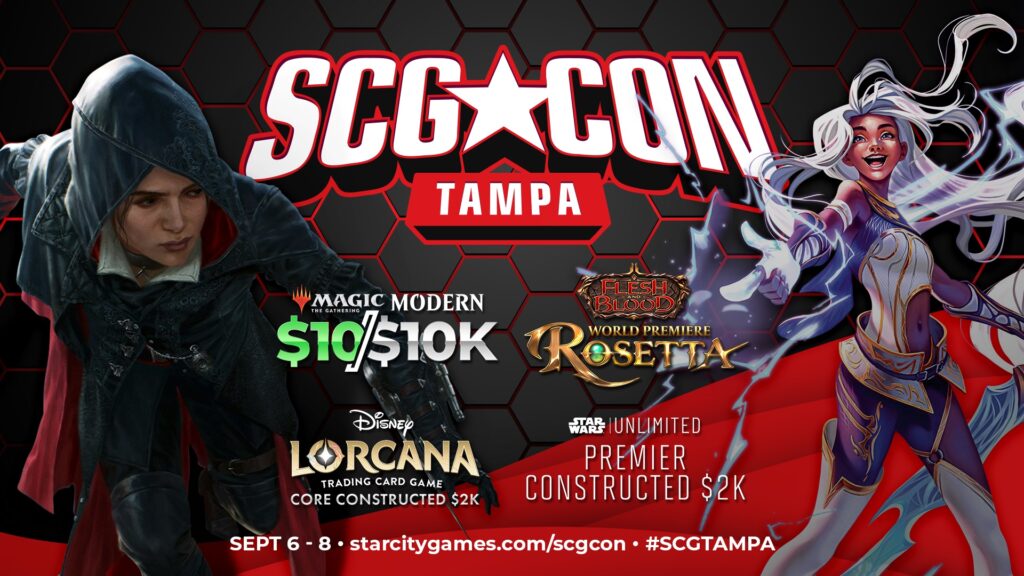
SCG CON is coming to Tampa, FL on September 6-8! The world’s premier trading card game convention features three full days of Magic: The Gathering, Flesh and Blood, Disney Lorcana, and Star Wars Unlimited action:
- Magic: The Gathering Modern $10Ks on Friday and Saturday; cEDH $5K; Super Sunday Regional Championship Qualifiers in Standard, Pioneer, and Modern; and Commander Celebration
- Flesh and Blood Rosetta World Premiere, Calling, and Battle Hardened events
- Disney Lorcana Core Constructed $2K and $1K events
- Star Wars Unlimited Premier Constructed $2K and $1K events
- Side events all weekend long
And so much more!
Plus, meet fan-favorite special guests and artists!
Best of all, SCG CON is free to attend!
Make your plans for SCG CON Tampa!

